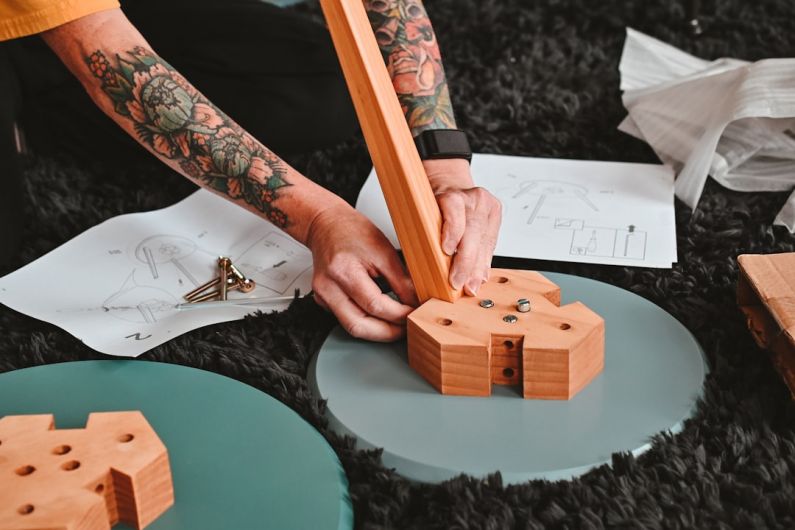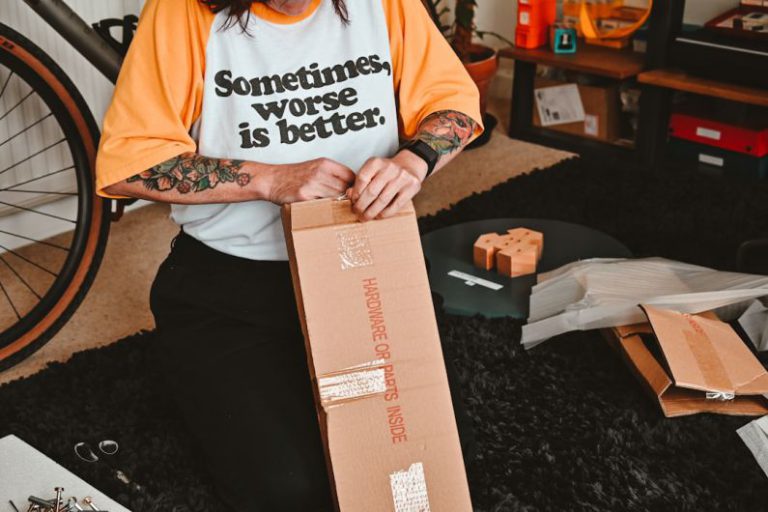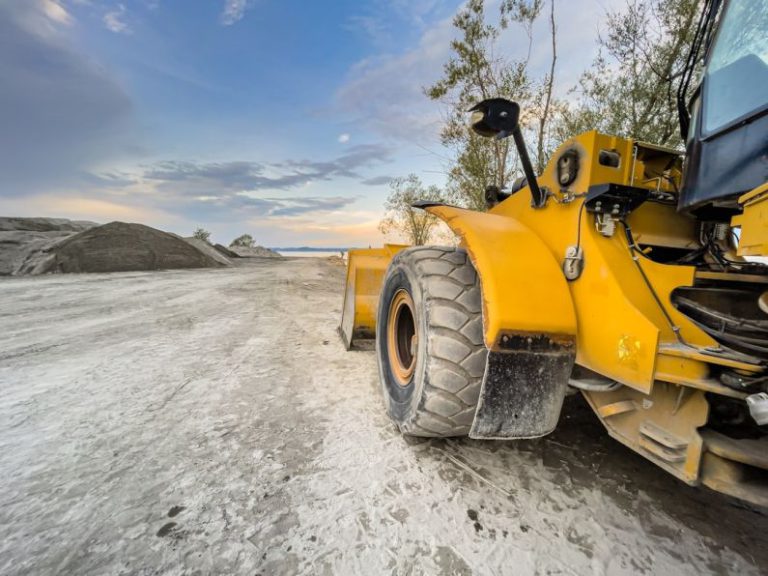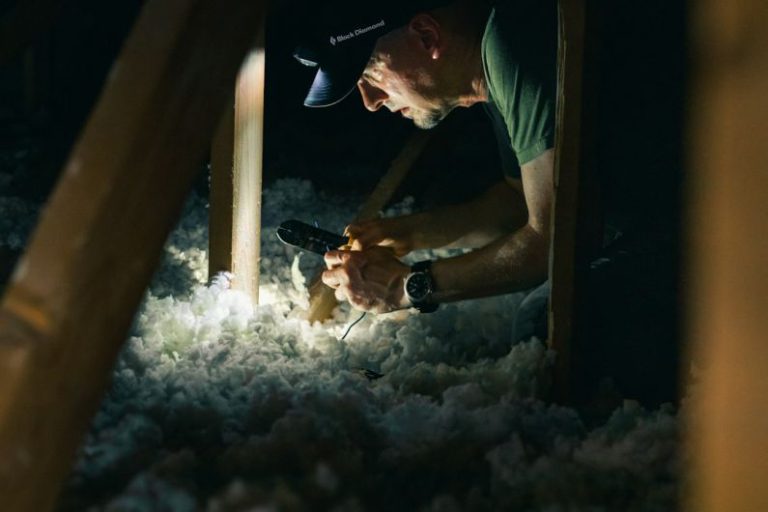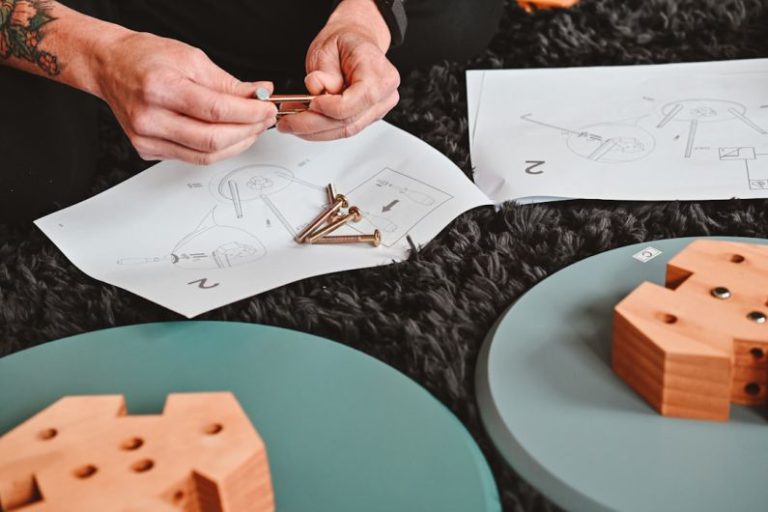Turning Your Old Pc into a Home Media Server
If you have an old PC gathering dust in a corner, don’t let it go to waste! Instead of tossing it out or selling it for a fraction of its original price, consider repurposing it into a home media server. A home media server allows you to centralize your media collection, making it easily accessible from various devices in your home. In this article, we will guide you through the process of turning your old PC into a powerful home media server that can stream movies, music, photos, and more to your TVs, smartphones, and other devices.
**Choosing the Right Software**
The first step in transforming your old PC into a home media server is selecting the right software. There are several free and paid media server software options available, each with its features and capabilities. Popular choices include Plex, Emby, and Kodi. Plex, for example, offers a user-friendly interface, remote access capabilities, and the ability to transcode media on-the-fly for smooth playback on various devices. Emby provides similar features, along with the ability to organize and stream your media collection effortlessly. Kodi, on the other hand, is known for its customization options and support for a wide range of plugins and add-ons.
**Setting Up Your Hardware**
Once you have chosen the media server software that suits your needs, it’s time to set up your hardware. Make sure your old PC meets the minimum system requirements for the software you have selected. Generally, a modern dual-core processor, at least 4GB of RAM, and sufficient storage space for your media files are recommended. You may also want to consider connecting your old PC to your home network via Ethernet for a stable and fast connection.
**Organizing Your Media Collection**
Before you start streaming your media, it’s essential to organize your collection. Create separate folders for movies, TV shows, music, photos, and other types of media. Properly naming your files and organizing them into subfolders will make it easier for the media server software to fetch metadata and artwork for your media library. Some software, like Plex and Emby, can automatically download metadata and subtitles for your media files, providing a rich viewing experience.
**Streaming Your Media**
With your hardware set up and media collection organized, you can now start streaming your media to various devices in your home. Install the media server software on your old PC and add your media folders to the library. Depending on the software you are using, you may need to configure remote access, set up user accounts, and customize transcoding settings for optimal performance. Once everything is set up, you can access your media server from your smart TV, smartphone, tablet, or computer, allowing you to enjoy your favorite movies, music, and photos anytime, anywhere.
**Expanding Your Home Media Server**
As you become more familiar with your home media server, you may want to expand its capabilities. Consider adding additional storage drives to accommodate a growing media collection, upgrading your network infrastructure for faster streaming speeds, or integrating smart home devices for a seamless entertainment experience. You can also explore advanced features offered by your media server software, such as live TV streaming, remote sharing with friends and family, and synchronization with cloud storage services.
**Optimizing Performance and Security**
To ensure smooth operation and protect your media server from potential threats, it’s essential to optimize its performance and security. Regularly update your media server software to access new features and security patches. Monitor your hardware temperatures and system resources to prevent overheating and performance bottlenecks. Enable firewall settings and encryption protocols to secure your media server from unauthorized access. Back up your media library regularly to prevent data loss in case of hardware failure or software corruption.
**In Conclusion**
Repurposing your old PC into a home media server is a cost-effective way to breathe new life into outdated hardware and enhance your entertainment options. By choosing the right software, setting up your hardware correctly, organizing your media collection, and optimizing performance and security, you can create a powerful media hub that caters to your viewing and listening preferences. With a home media server, you can enjoy your favorite movies, music, and photos on multiple devices throughout your home, making entertainment more accessible and enjoyable for you and your family. So, dust off that old PC and start transforming it into a versatile home media server today!
